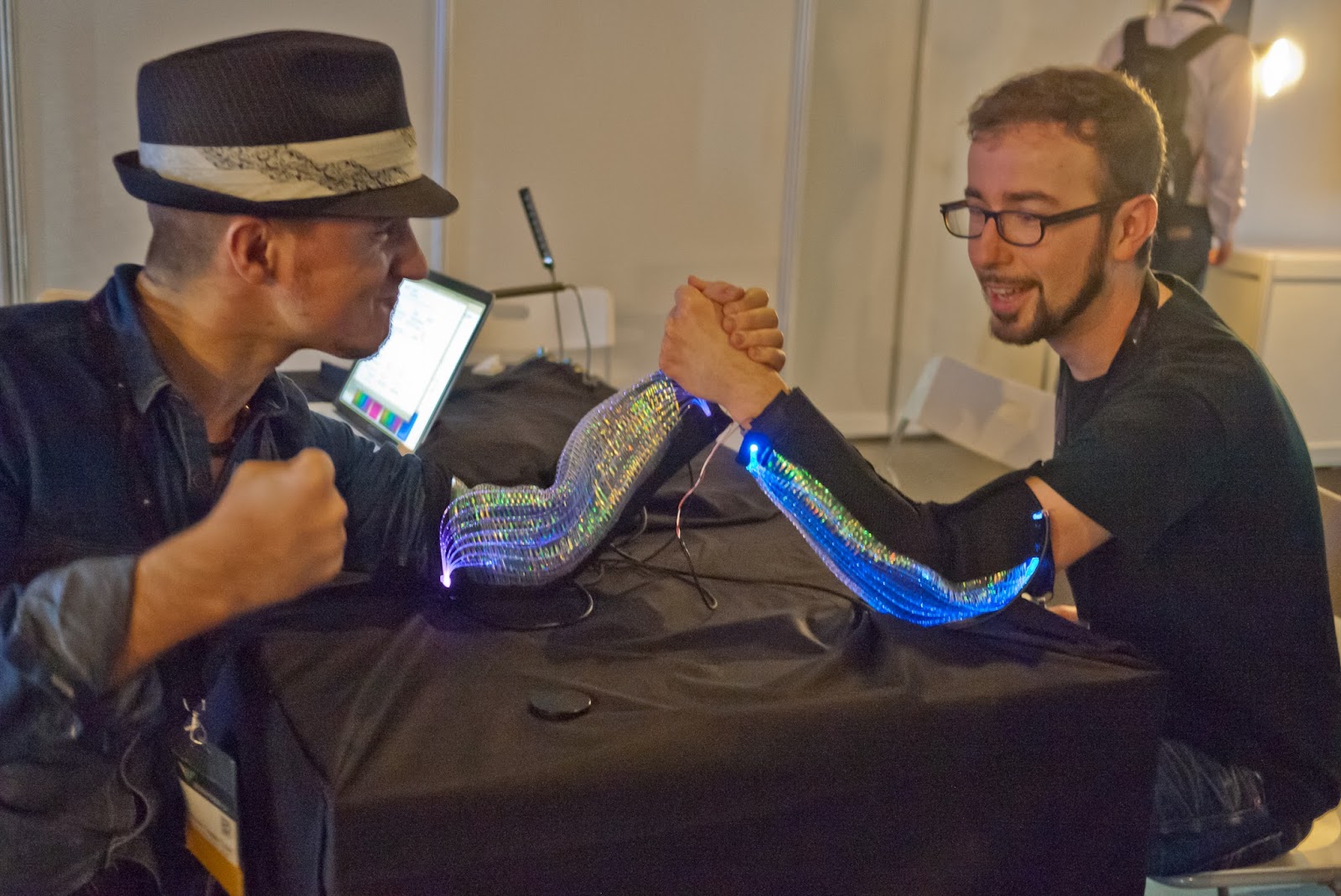Siggraph in Hong Kong
We did it. A three (plus) hours course went so fast that I wonder if it actually happened. Thankfully I have pictures to prove it!
We covered a lot of topics: REYES, Raytracing, optimizations for either, including most of our tips and tricks to get renders to go fast enough in the last 15 years. Then we moved on to Physically based rendering, and the new set of challenges we faced with it. As well as all the mistakes we (I) made. After the break, we moved on to pattern generation, along with all the techniques, old and new, that we use at Pixar. Finally, Paul covered the shading transfer topics, which have such a vast set of applications and problems, it is totally underrated.
While significantly smaller than its western counterpart, Siggraph Asia has a lot to offer. The papers were pretty exciting, especially the ones on the last day, which is pretty exciting since that is when I got over my jetlag and stopped fretting over the course we taught.
The trade show was cool. ILM Singapore was there, promoting the work they did on Pacific Rim and Battleship, and hiring of course. Pixar was there too, but we didn't have a booth. We (and with "we" I really mean the Renderman team) gave multiple presentations on the advances in Renderman 18 and upcoming changes to how we shade. Lots of schools and small and large asian production houses were represented in the show. I was most excited to see more and more competition in the motion capture field. Hopefully that will make the technology more accessible to lower budget productions.

The emerging technologies area was actually pretty large. They had a lot of cute ideas on how to use current technologies for unexplored applications. Like the haptic system to make you feel like you have the squeaky joints of a robot, or a giant mech. Yes, that's an Oculus Rift I am wearing.
...or like the visual led cues that show the muscle fibers being contracted during an arm wrestling match. Hint: I did not lose this one.
And of course: the Electronic Theater. It is always beyond inspiring to see how much schools and students can achieve with a limited set of resources, time, and experience. I love it. It is also great because it is revealing, every year, how much film and game industries converge little by little. Our field is definitely still moving ahead. Just not in the same direction it did years ago. It is good to be reminded of that.




Comments